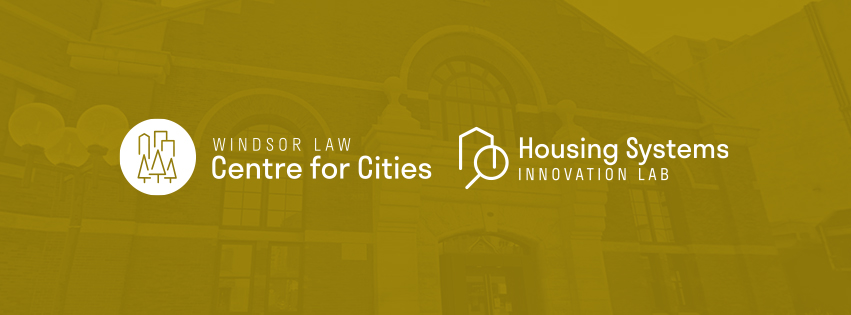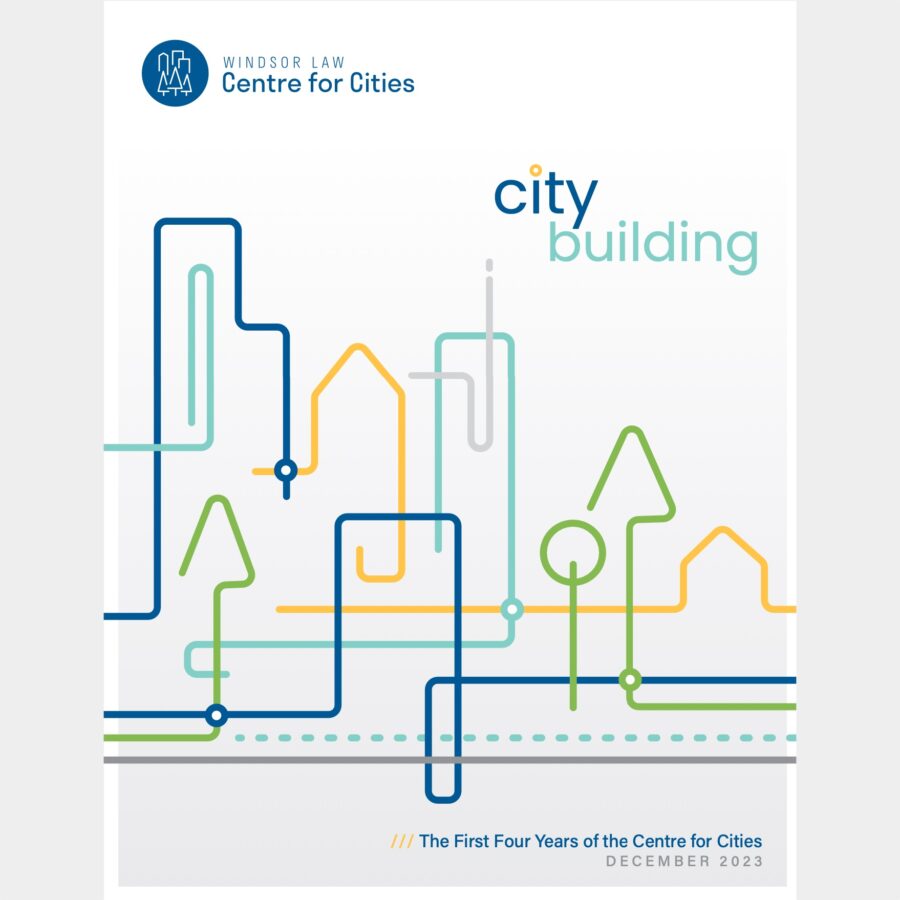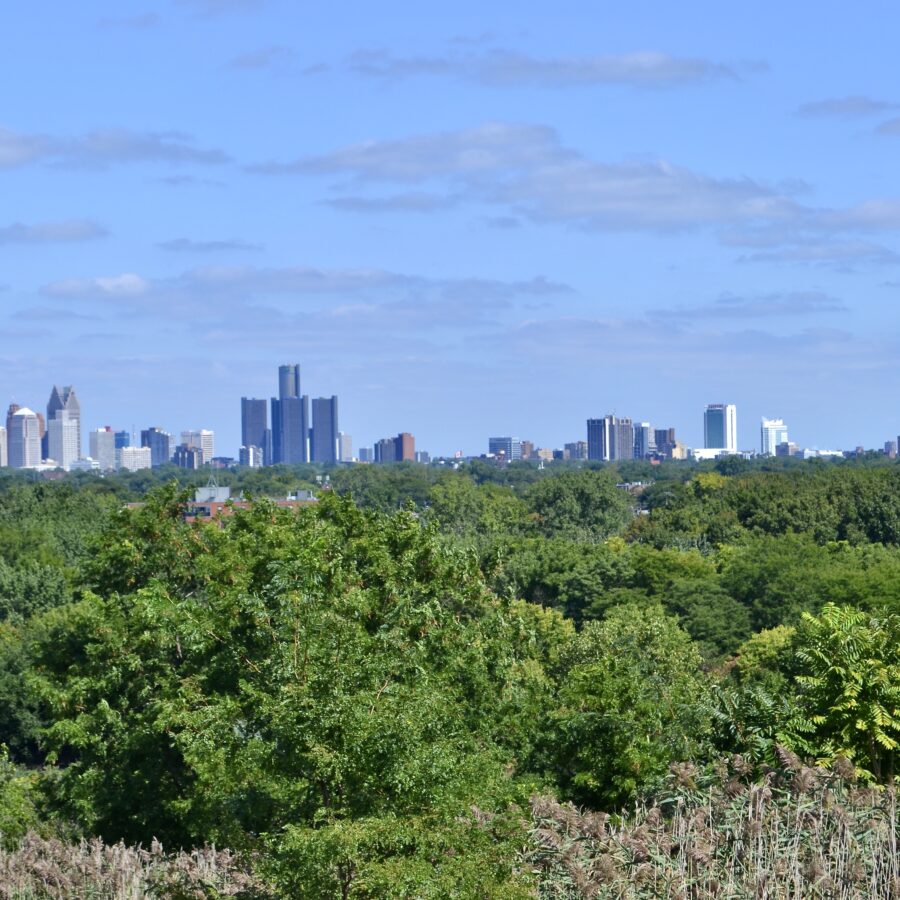
Guest Blog: Strengthening democracy through intersectional environmentalism in post-COVID-19 Windsor-Essex
(2 October 2020) By Cameron Fioret and Niharika Bandaru
The COVID-19 crisis is the most serious global health emergency in a century, and it mirrors broader effects of climate change because it reveals the inequities of our social order, disclosing the gaps and needs of those communities most at risk of socio-environmental harms. Overall, COVID-19 and climate change show a lack of democracy within these gaps which makes it necessary that the post-COVID 19 recovery should embolden local, grassroots organizations which, then, bolster democracy through “bottom-up” leadership.
The gaps and needs arising from both COVID-19 and climate change are clear in Windsor-Essex, showing inadequacies in addressing the needs of marginalized and racialized communities. At a time of stringent need for safe living conditions and physical distancing, we saw stark examples of migrant workers in the region being housed in unhealthy, inadequate living conditions with a lack of Personal Protective Equipment (PPE) that led to an eventual rapid rise of COVID-19 cases in their communities. In other parts of the world, it was frequently observed that communities of colour are disproportionately affected by the pandemic due to flaws in the dispensation of public health measures, relief funds, ongoing food security issues, and a persistent legacy of structural racism and inequalities. The manifestations of systemic inequalities form the very heart of many societal issues that the climate crisis will exacerbate.
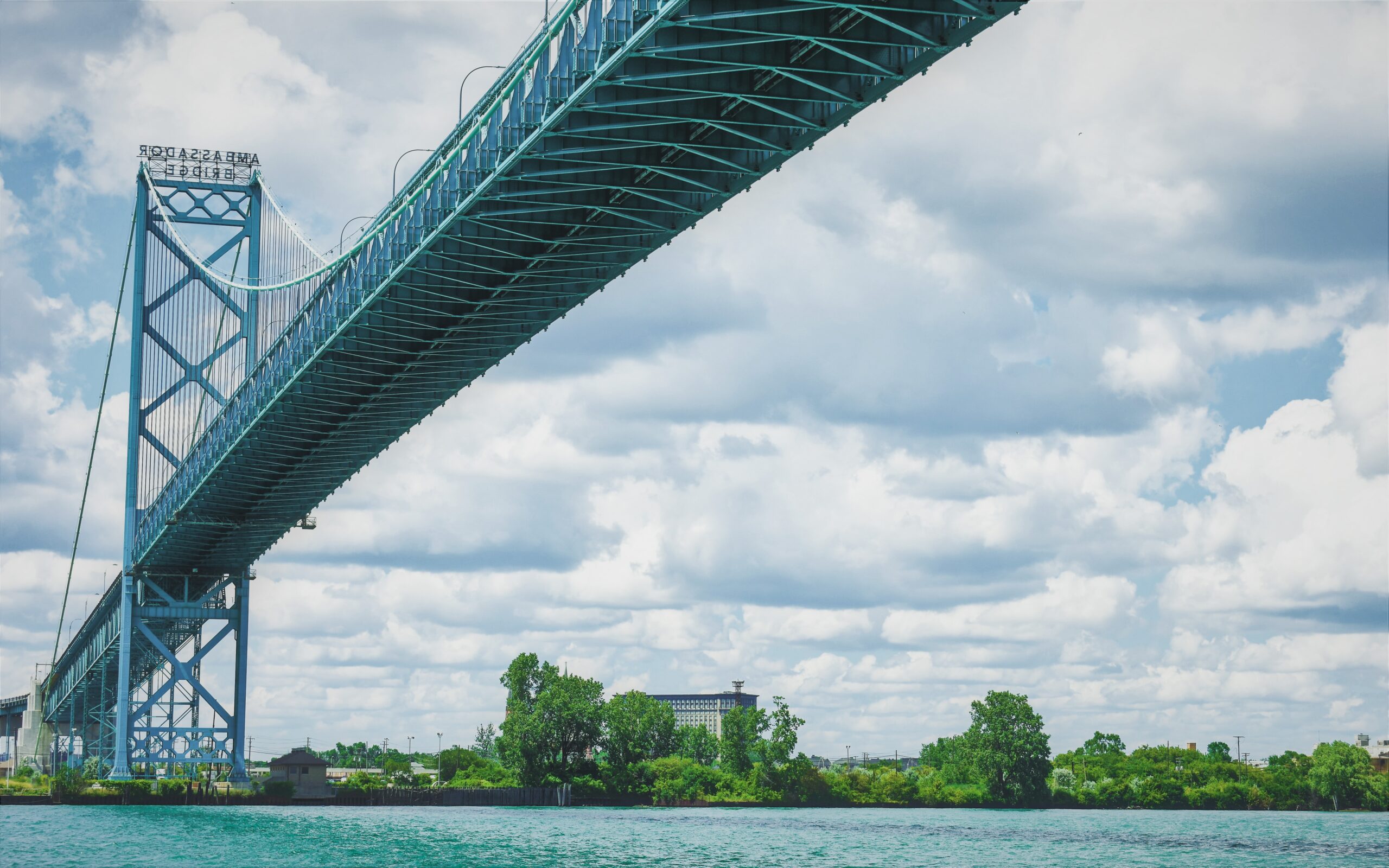
Climate Change concerns all of us
Climate change is not merely a matter of sea level rise and melting polar ice caps. The impacts of global climate change vary based on geography, local weather patterns, socio-economic and political structures, population size and demographics, policy and planning, and existing social issues. In Windsor-Essex, we can expect more heat, more severe and frequent storm events, and higher lake level variability. Are the residents of relatively affluent areas affected similarly to people living in subsidized housing in other parts of the City?
Environmental risks are not consistently and uniformly distributed across various groups and communities in a population. Factors such as age, poverty, and minority status make certain groups disproportionately more vulnerable to environmental risk and disease. Moreover, academic researchers like Gochfeld and Burger have made distinct observations in their research that minority and low-income communities have been statistically more likely to live in neighbourhoods exposed to toxic waste, landfills, highways, and other environmental hazards. This compels us to ask whether current climate adaptation planning in Windsor-Essex robustly considers systemic inequalities in its delivery and execution.
Local environmental policies informed by members of the community have given us great examples of intersecting climate solutions and social issues, such as those of the City of Windsor. Before the COVID-19 crisis, exciting initiatives had been developed that should be followed to stem the effects of climate change; to wit, the announcement of a “climate emergency,” the creation of Degrees of Change – Windsor’s Climate Change Adaptation Plan, and ambitious policy, such as the intention of 80% of Windsor homes to be retrofitted for energy-efficiency by 2041, attest to the City of Windsor’s progressive stance towards climate change. These initiatives incorporated community involvement while considering the multifaceted nature of climate change, recognizing the scientific and social – the descriptive and normative – importance of the climate crisis and how solutions must also be intersectional.
What is intersectional environmentalism?
There are many in Windsor-Essex actively working to make the post-COVID recovery one that is more environmentally and socially equitable through an intersectional environmentalism lens; that is, facing the post-COVID recovery as one that crosses various and intertwined societal factors (e.g. social, environmental, economic). Through an intersectional environmental lens, actors in Windsor-Essex address who will most be affected by climate change and have the least access to resources through the post-COVID, climate change-affected future, while focusing efforts on local civil actions and strengthening municipal democracy.

The word around the block
Community leaders in Windsor-Essex speak to the importance of intersectional environmentalism and local community involvement in supporting local democracy. Derek Coronado, Executive Director of Citizens Environment Alliance, says that the COVID-19 crisis has “shone a light on the work people do in the community (e.g. migrant workers in the county and what it takes to get us food) that is not looked at very closely, of those that do not have organizing rights in Windsor-Essex and across the province of Ontario.” Communication of environmental and social issues is, thus, even more important. “The expressions of dissatisfaction during COVID-19 – protests for Indigenous rights and the Black Lives Matter movement – is an expression of trying to hold powerful actors to account to follow through on the promises they made during election seasons but have not followed through on,” Coronado states. Strengthening democracy during and post COVID-19 is, then, to strengthen accountability and responsibility of political leaders.
“For outlets such as Windsor of Change, responsibility lies in acknowledging the importance of lending an avenue for representatives of minority groups and specific vulnerable populations to tell their stories and voice their concerns,” states Prabarna Ganguly, Associate Editor of the local climate awareness project, Windsor of Change. “Bringing the concerns of marginalized communities forward through appropriate representatives can be one of the most effective ways we can educate and inform decision-makers, elected officials, private and public officials, and the general populace of the specific struggles of these communities.”
Climate change adaptation and mitigation cannot be one-size-fits-all propositions, but strategies of tailored solutions to specific demographics. An important step towards devising sustainable climate policy is to make these platforms of communication accessible with language understandable by experts and non-experts.
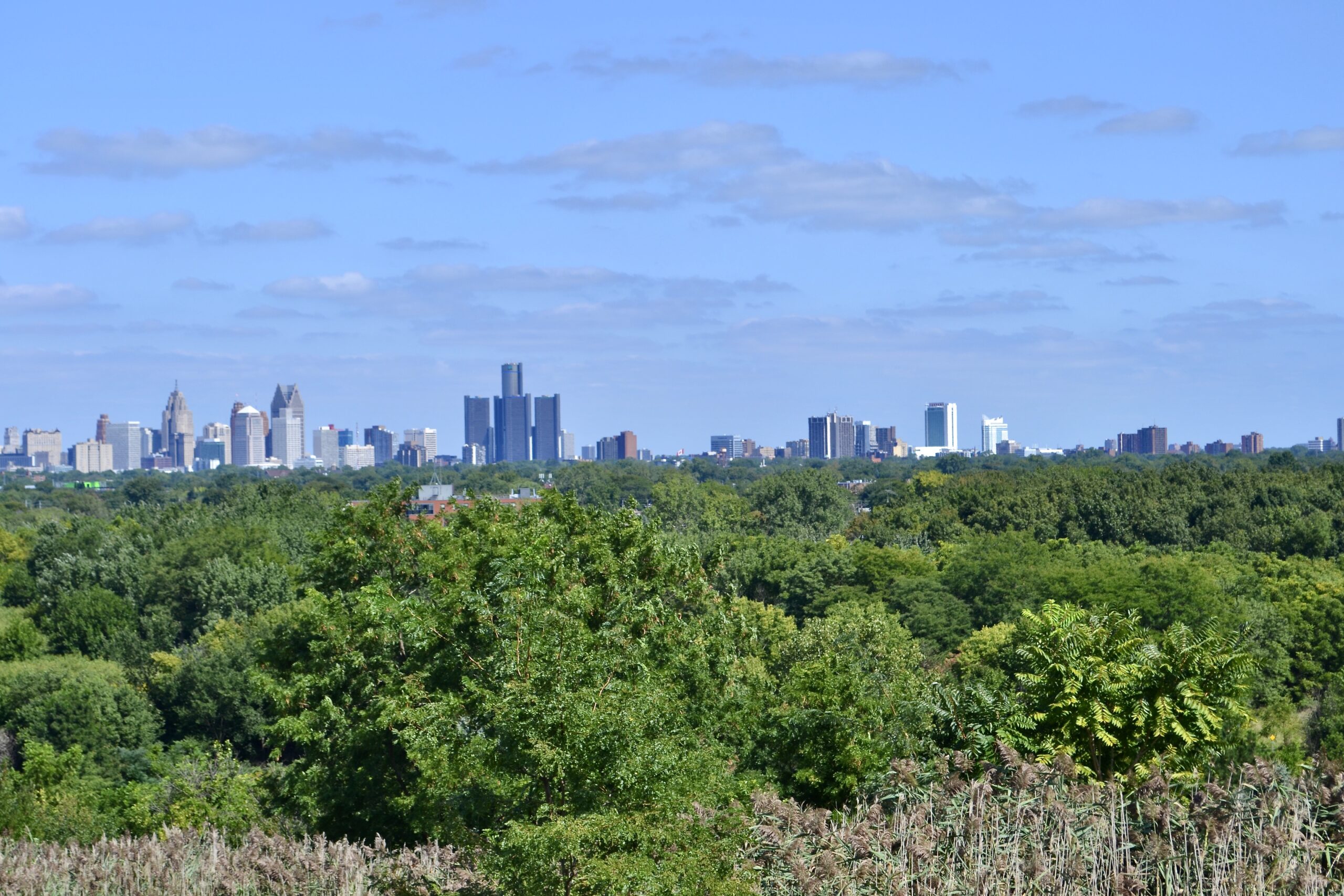
People have coalesced to demand environmental justice and highlight the powerful role of intersectionality in shaping on-the-ground dynamics of protest and social change. In an age of environmental crises, apathy, and deep-seated cynicism, these efforts suggest the dynamic power of a “politics of hope” to offer compelling models of resistance, regeneration, and resilience through an intersectional lens, including:
- Opening spaces for voices of communities on the frontline of environmental impacts
- Highlighting impacts of local climate change on marginalized communities
- Top down vs bottom up climate policy
- Making sustainability “front and centre” in policies, debates, and activism, according to Claire Sanders, Climate Change Specialist at Essex Region Conservation Authority.
Post-COVID-19 in Windsor-Essex ought to be a transformative period of concerted community involvement buttressed by intersectional environmentalism and the strengthening of our local democracy.
Cameron Fioret is a PhD Candidate in Philosophy at the University of Guelph studying water ethics and justice, and environmental and political philosophy. He is funded by a Joseph-Armand Bombardier CGS Doctoral Scholarship.
Niharika Bandaru is the coordinator of the local community climate awareness project, Windsor of Change. She is also a Climate Reality Leader and is currently completing her MSc. in environmental science & policy at Johns Hopkins University.
